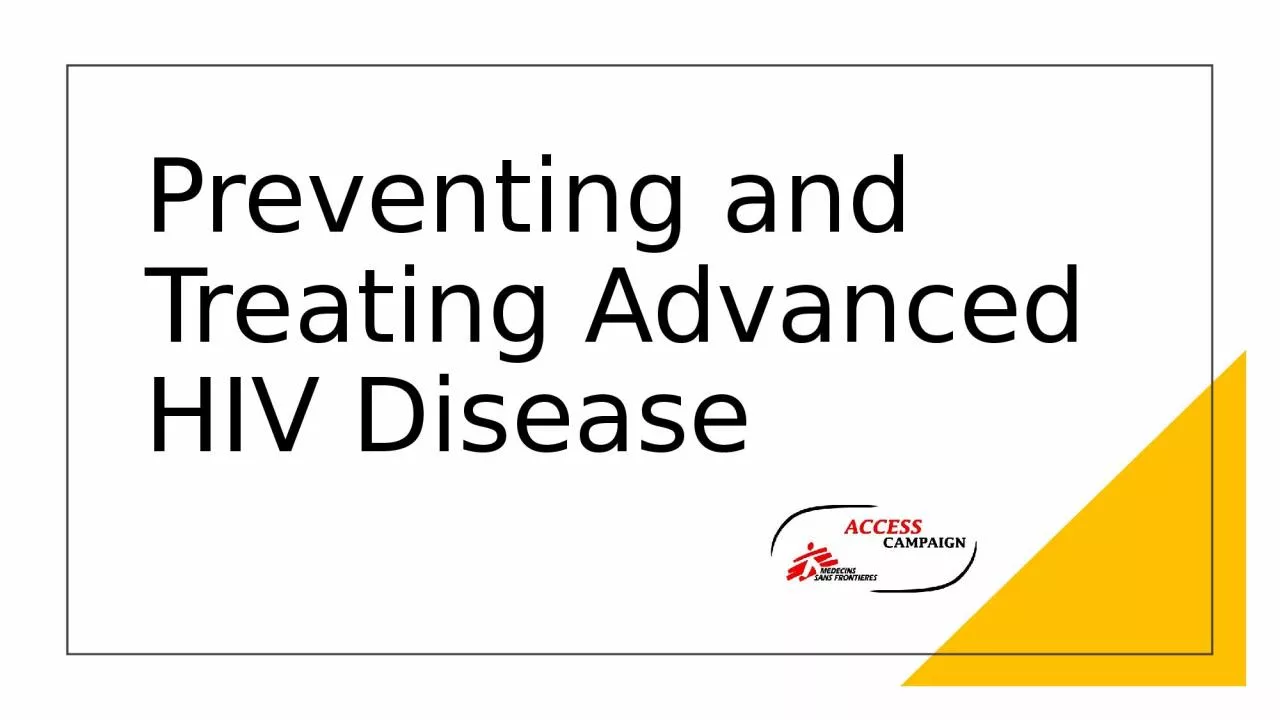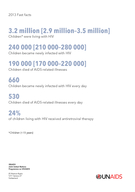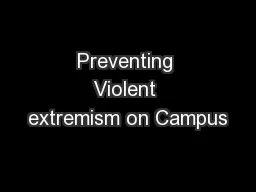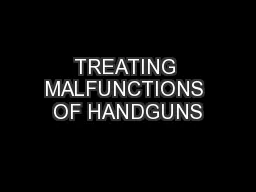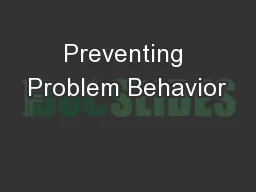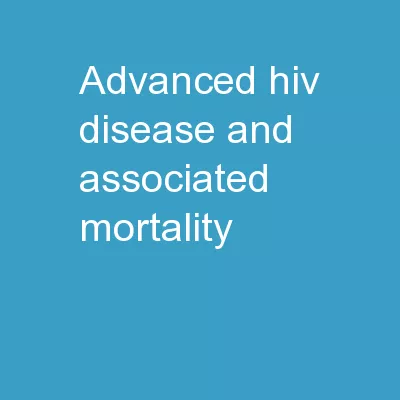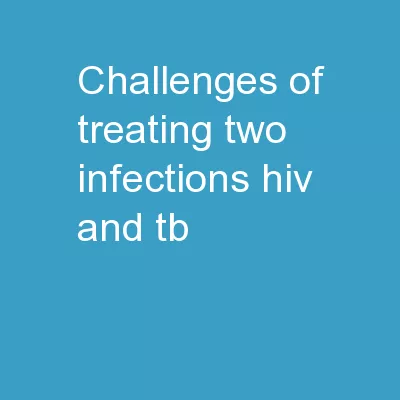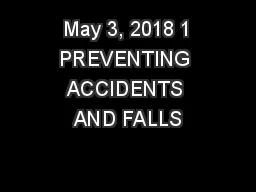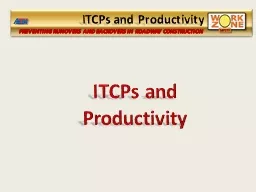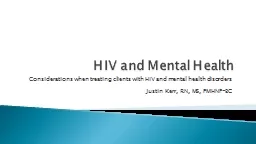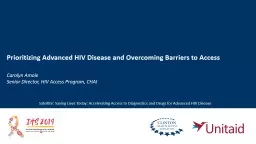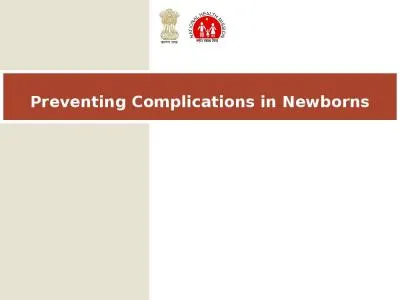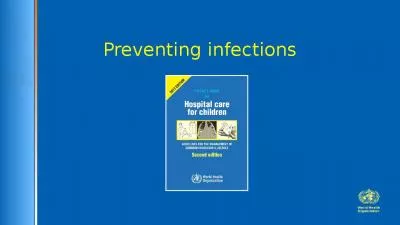PPT-Preventing and Treating Advanced HIV Disease
Author : summer | Published Date : 2023-11-21
AIDS Whats in a name Over the years the case definition changed WHO 2007 Used term advanced HIV was more than AIDS definition AIDS Stage 4 condition and or CD4
Presentation Embed Code
Download Presentation
Download Presentation The PPT/PDF document "Preventing and Treating Advanced HIV Dis..." is the property of its rightful owner. Permission is granted to download and print the materials on this website for personal, non-commercial use only, and to display it on your personal computer provided you do not modify the materials and that you retain all copyright notices contained in the materials. By downloading content from our website, you accept the terms of this agreement.
Preventing and Treating Advanced HIV Disease: Transcript
AIDS Whats in a name Over the years the case definition changed WHO 2007 Used term advanced HIV was more than AIDS definition AIDS Stage 4 condition and or CD4 lt 200 We need to know the WHO Definition of Advanced HIV disease2021 so we are clear who is eligible for the AHD package . brPage 1br Treating Stomach Cancer A Quick Guide brPage 2br Treating Stomach Cancer A Quick Guide brPage 3br Treating Stomach Cancer A Quick Guide brPage 4br Treating Stomach C Despite this signi64257cant progress the number of children becoming newly infected with HIV remains unacceptably high About 240 000 210 000280 000 children became infected with HIV in 2013 The risk of a mother living with HIV passing the virus to h A guide for teachers and personal tutors . College Tutor guide to Preventing Violent Extremism . The effects of terrorism and violent extremism have an impact on everyone in society, including young . By: Velarde, Peter D. . TREATING MALFUNCTIONS OF HANDGUNS. . TREATING MALFUNCTIONS OF HANDGUNS. The Type 1 malfunction is commonly referred to as a failure to feed or a failure to fire. A key symptom is the dreaded click you hear after pressing the trigger. On the range, your immediate response would probably be to stop and wonder what went wrong. . Bill. . Leaming. , Northeast Region. Objectives. How to prevent many problem behaviors from occurring. How to set limits with students who are not following the bus rules. How your own attitude affects the behavior of students. how . can we do better ?. Eric Goemaere, MD, PHD. MSF Southern Africa . School of public health and family medicine, UCT, Cape Town. Advanced disease as part of a differentiated model of care . Will HIV advanced disease presentations disappear with higher coverage ? . the ART of HIV/TB management. William Burman MD. Denver Public Health. University of Colorado. Case 1. 27 y/o man from Ethiopia, admitted with cough, fevers, and 20 lb. weight loss over one month. Sputum - rare AFB. Presented by: Name goes here. PREVENTING ACCIDENTS. AND FALLS. Falls are the leading cause of fatal and nonfatal injuries for older adults. Each year almost 3 million older adults are treated in emergency departments for fall injuries. ITCPs and. Productivity. ITCPs and Productivity. ARTBA Disclaimer . Contact ARTBA for information about Student Handbooks.. ITCPs and Productivity. PREVENTING RUNOVERS AND BACKOVERS IN ROADWAY CONSTRUCTION. Justin Kerr, RN, MS, PMHNP-BC. “Mental . health is defined as a state of well-being in which every individual realizes his or her own potential, can cope with the normal stresses of life, can work productively and fruitfully, and is able to make a contribution to her or his . and . Overcoming . Barriers . to Access. Carolyn Amole . Senior Director, HIV Access . Program, CHAI. Satellite: Saving . Lives Today: Accelerating Access to Diagnostics and . Drugs . for Advanced HIV Disease. Newborns. 2. B. y. . t. he. . end. . o. f . t. h. i. s. . s. e. ss. i. on,. . l. ea. r. n. e. r. s. . w. il. l be. . ab. l. e. t. o. :. . D. esc. r. i. be. . t. he. . w. a. y. s. t. o. . Faculty of Medicine, Democritus University of Thrace, Alexandropoulos, Greece*Address for Correspondence Ioanis Manislidis, Faculty of Medicine, Democritus University of Thrace, Alexandropoulos, Greec Influenza, COVID, RSV, many other viruses. Masks and hand hygiene. Cleaning of surfaces with dilute bleach. Not coming to work when unwell and symptomatic. MRO = multi-resistant organisms. Same as MDR (multi-drug resistance).
Download Document
Here is the link to download the presentation.
"Preventing and Treating Advanced HIV Disease"The content belongs to its owner. You may download and print it for personal use, without modification, and keep all copyright notices. By downloading, you agree to these terms.
Related Documents

